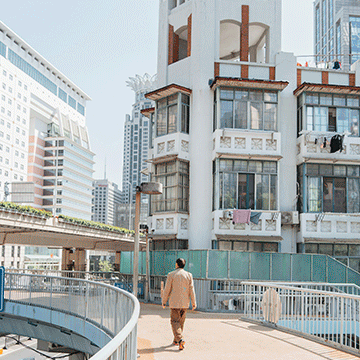Download Assets
description
Learn the best ways to export your images in Photoshop! Discover how to save layered files for future edits and create flattened JPEGs for sharing. This tutorial covers essential export settings like quality, resizing, and color profiles to ensure your photos look great anywhere.
Follow along with all 30 episodes as we explore the the magic of Photoshop together!
JOIN 30 DAYS OF PHOTOSHOP (FOR FREE!)
Ready to jump in? Sign up and we’ll email you a printable calendar and daily class schedule so you can get started right away!
Image Source
- Jefferson Sees
Images sourced from Unsplash.
Share
AFTER
BEFORE
Export Like A Pro
Mastering the export process in Photoshop is crucial for ensuring your final images are ready for any use, whether for sharing on social media, printing, or web display. By saving in the correct formats and using the proper settings, you can maintain image quality and optimize file size, making your work look professional and easily accessible to others.
Save a Layered File
To preserve your editing capabilities, always begin by saving a layered file. This file, typically a .psd (Photoshop Document), retains all the layers, adjustments, and smart objects, allowing you to return and make changes at any time.
1. To save a layered file, go to File > Save As (or use the shortcut Ctrl+Shift+S on Windows or Cmd+Shift+S on Mac).
2. Choose Photoshop from the format dropdown menu. While other formats like .tiff can also save layers, .psd is the standard and most compatible format for Photoshop users.
Export a Flattened Version
After saving your layered file, you need to create a flattened version for sharing. This process merges all your layers into a single image, reducing the file size and making it universally viewable.
3. To do this, go to File > Export > Export As… . The Export As dialog box provides several key options. For most uses, select JPEG as the format.
4. Adjust the Quality slider to balance image fidelity with file size—a setting between 5 and 7 is often a good compromise. You can also adjust the image Width and Height to suit specific needs, such as a smaller size for web use, and even export multiple versions at different scales simultaneously.
5. Finally, make sure to check Convert to sRGB and Embed Color Profile to ensure your colors display correctly across different devices and platforms.
Save the Final Output
6. Once you’ve configured your settings in the Export As dialog, click Export. Choose a location for your final flattened image. It’s a good practice to create a dedicated “Export” folder to keep your final, ready-to-share images separate from your original layered files. This keeps your workflow organized and prevents confusion between the editable and final versions. By following this two-step saving process—first saving your .psd and then exporting a .jpeg—you ensure that you have both an editable archive and a shareable final product.
We hope this guide helps you confidently export your images for the world to see. Be sure to tune in tomorrow, where we’ll show you how to seamlessly integrate your workflow between Photoshop and Lightroom.












